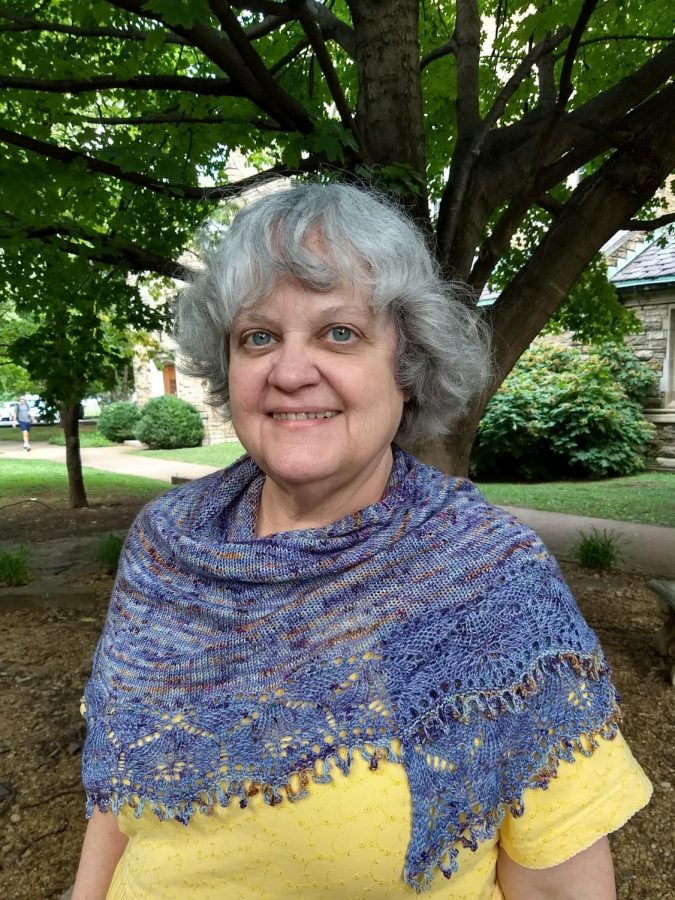Sheila O’Keefe: Not giving up on families who need the food pantry
March 30, 2020
This Q&A is the second in a 19-part series, “19 COVID-19 Stories,” updated on Mondays, Wednesdays and Fridays, diving into the unique perspectives of the Corvallis community as they face COVID-19 and all its social and economic effects.
Sheila O’Keefe is the executive director at the South Corvallis Food Pantry Bank, a food bank that has served Corvallis residents since 2001. At first the food bank served 20 to 25 families monthly, now over 300 families use it each month. With the new restrictions to prevent spreading COVID-19, the food bank has completely changed its normal model of distribution, and replaced a lot of their usual volunteers who are in their 70s and 80s with highschoolers and younger community members who suddenly have time on their hands.
What is your day-to-day life like right now?
Hectic. We are normally a shopping style pantry, meaning clients go around with a grocery cart, selecting what they want off the shelves, a lot like in a grocery store. We have switched to a pre-packed model, which has been a complete reorganization of the pantry. Clients check in with a volunteer outside, where they are offered a few choices verbally. A volunteer fills out a form and sends it inside where another volunteer fills the order with a pre-packed box of shelf-stable goods and the client’s choices, then takes the food outside to the client. The system is working smoothly now, so I’m beginning to be able to catch my breath.
What has been the hardest part of this pandemic for you?
Many of our usual volunteers are retired. They are therefore members of a vulnerable population due to their age and no longer able to volunteer. I get lots of emails from older volunteers who feel guilty not coming in to help out. I feel bad that they feel bad – they need to take care of themselves and are making the right decision staying home. Luckily quite a few enthusiastic high-school students and younger community members have stepped forward to help. It’s been chaotic getting new volunteers oriented to what needs to be done as I’m inventing new procedures on the fly. We’ve finally reached a point where several new volunteers have been here often enough to know how things work and I’ve had a chance to generate some handouts with procedures documented.
What do you wish people knew more about regarding your experience at the food pantry?
I’d like to reassure our clients that we will be open to our normal hours throughout this crisis, we will continue to distribute food, and that we are taking all appropriate measures to protect their health. Volunteers wash their hands frequently, including between each client. Carts are disinfected with bleach water at the beginning of each shift and between each client. Fresh produce is bagged in household size by volunteers who have just washed their hands. Clients should feel confident that the food they get from us is safe.










































































































